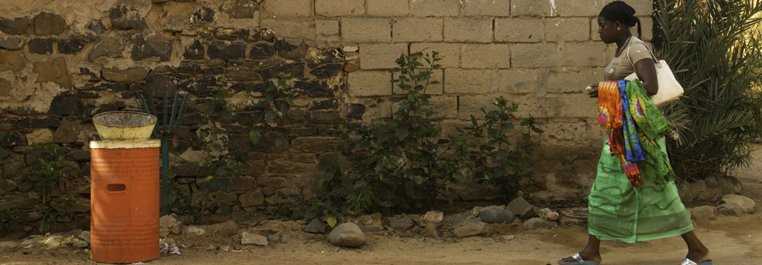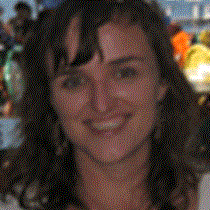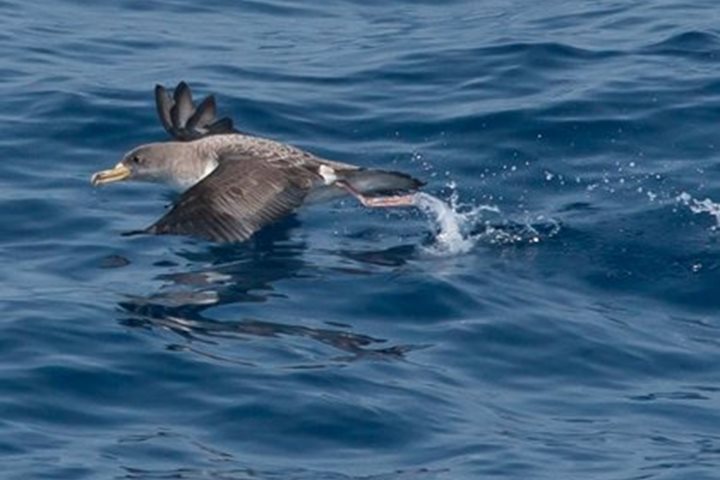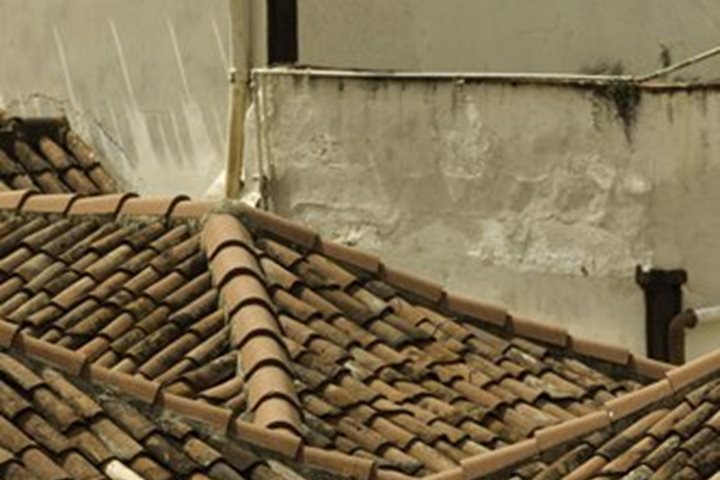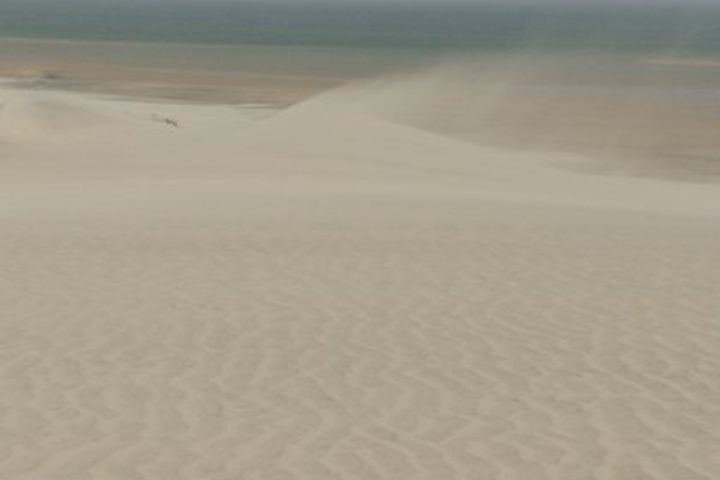Today we are in Dakar to explore the old and the new. A private ferry took some of us back in time to Gorée, the colorful and still car-less island where slaves and goods were traded in the 1700s and 1800s. Though the magnitude of the trade from Gorée is exaggerated by local guides, the island serves as an important site of memory for a tragic part of history.
Back on the mainland, we tour the city of Dakar. At times traffic is debilitating. Cars abandoned in the middle of narrow roads require our driver to abandon the bus to track down the owners. In the down time we watch the crowded multi-colored taxis and cars protected with horsetail charms dangling from their exhaust pipes. Elegant women walk by in bright colors and jewels. We eventually arrive at the IFAN museum housing a beautiful collection of West African masks and fabrics from times past.
In the afternoon we navigate through several bustling markets. The first and newest, a fair just a few days old, has been set up by West Africans from Mali, Niger, Ivory Coast, and Senegal. Tables display medicines, beauty products, beads and silver from the Sahara. We then head to a more typically “touristy” spot, Kermel, to meander through market stalls in search of souvenirs. The area is home to a local food market and we watch fish being de-scaled, market ladies with baskets full of fresh vegetables, and cages with livestock and illegally caught animals. While the food market seems timeless, the aggressive vendors of souvenirs on the periphery remind us that times are changing. We end at an upscale gallery with African art for sale from around the region.
The evening is a highlight of Dakar’s vibrant music scene. We have the club Just 4 U rented just for us, with a concert from both Number One and the famed Baobob Orchestra. We dance through the evening until our ship has to set sail again.

